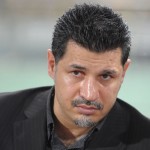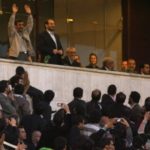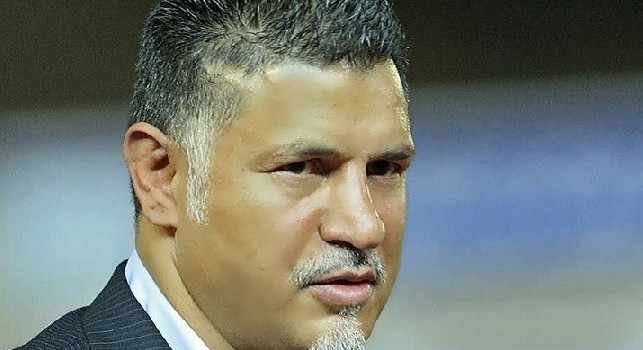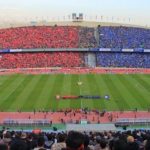in April 2009, after Team Melli’s defeat against Saudi Arabia in the FIFA World Cup South Africa 2010 qualifiers, it was suddenly announced that Ali Daei, the head coach of the Team, had been fired. The dismissal came while the Iranian team still had a good chance to advance to the World Cup, but with the dismissal of Daei and the presence of Afshin Ghotbi, Team Melli finally failed to qualify for the World Cup in South Africa and experienced a major setback.
Daei had repeatedly stated after the incident that his dismissal had nothing to do with the Football Federation and that institutions higher than the federation had decided to fire him. Although this claim was initially denied by the then president of the Football Federation, Ali Kafashian, over time, various interviews with federation officials and members of the national team at the time confirmes Daei’s claims.
However, today, Saturday, Mohammad Akhundi, who was the spokesman for the Physical Education Organization at the time, confirmed that the dismissal of Ali Daei, was a decision taken by the office of the Presidency and in particular the president himself (Mahmoud Ahmadinejad).
In this regard, Akhundi said “this decision was taken and announced in the presidential palace. They called me to announce the news, but I said that it was the responsibility of other people and the football federation to do so and not the PEO.” He added: “We refused to announce the dismissal of Ali Daei in the Physical Education Organization.”
The former spokesman for the Physical Education Organization, who was a guest in a radio program, was asked “Is it true that Ahmadinejad took that decision on his own?” He said: “What I know unofficially is that the President himself made this decision, but officially it came from the presidential Palace!. The justification for Daei’s dismissal was the pressure of public opinion, those around the group concluded that Ali was not to continue.
Akhundi was asked if Ali Daei’s dismissal was due to the fact that he did not allow Mahmoud Ahmadinejad to enter the locker room between the two halves of the Iran-Saudi game: “I have no information about this.” A former spokesman for the Physical Education Organization said: “That change (dismissal of Ali Daei) was wrong. If Daei continued, we would have probably qualified to the World Cup.”




